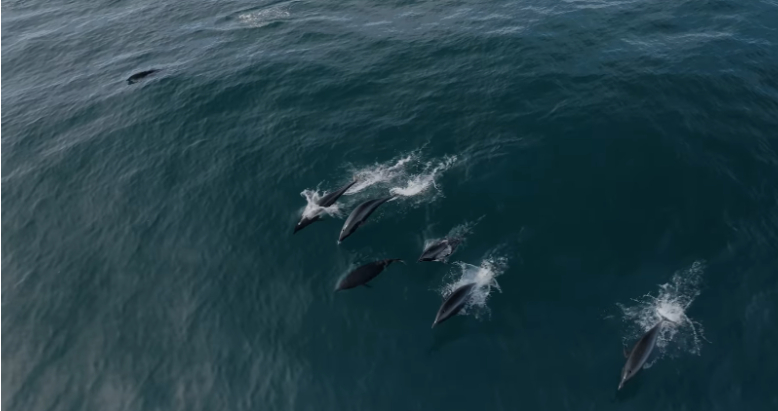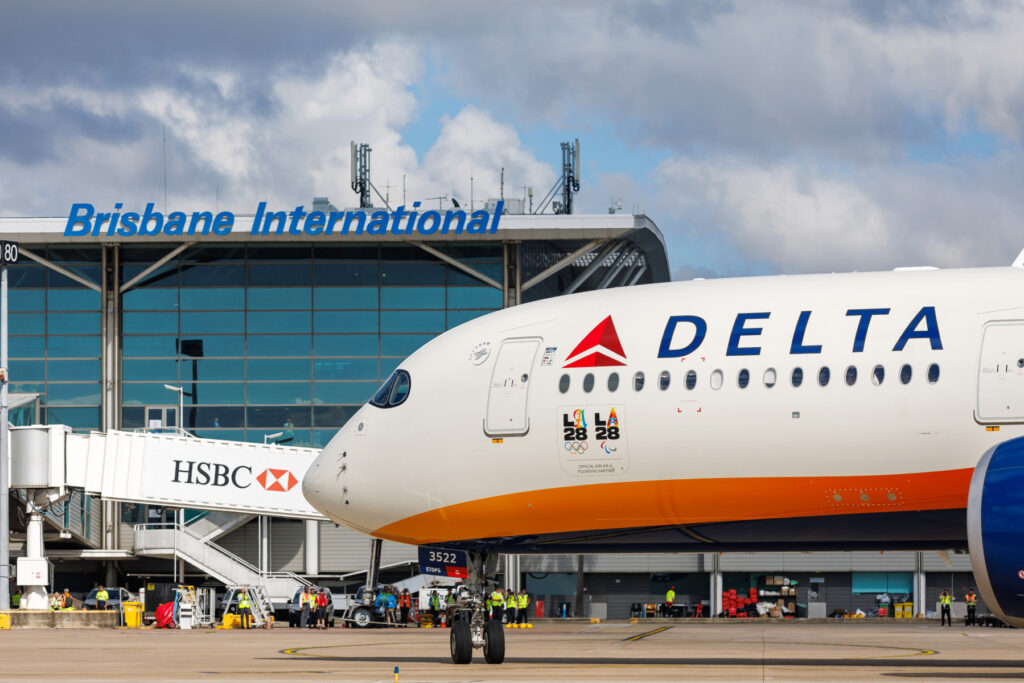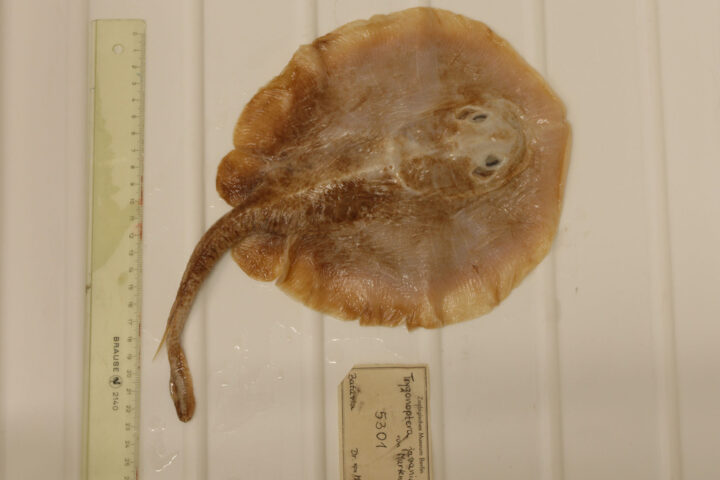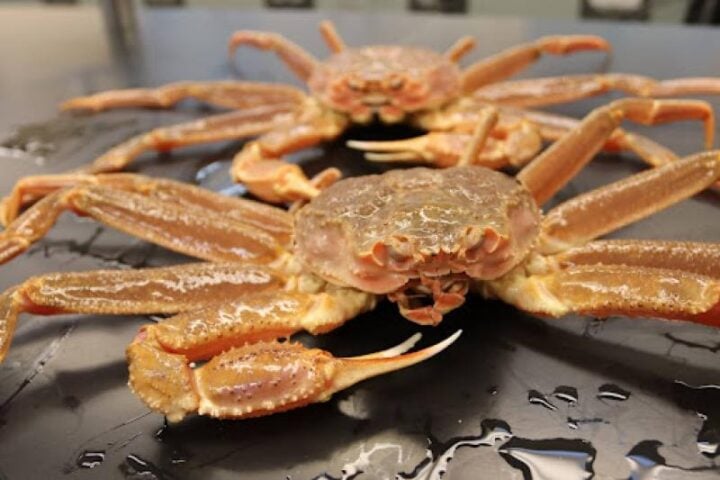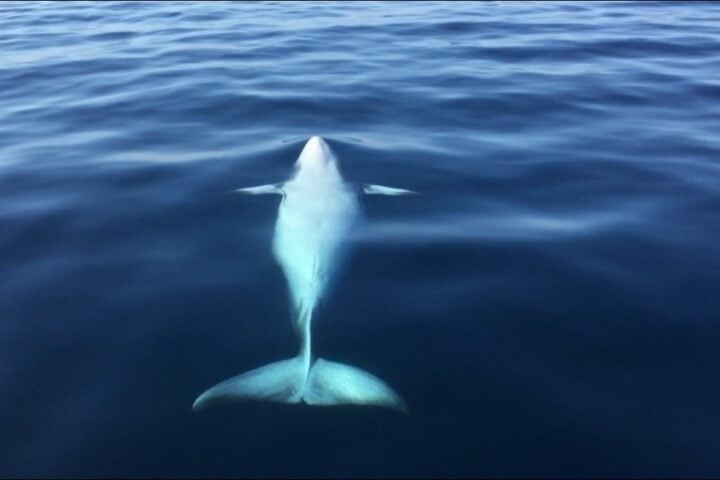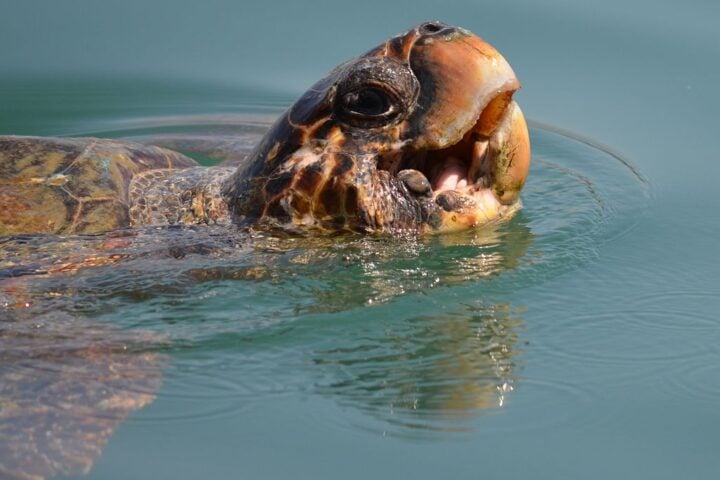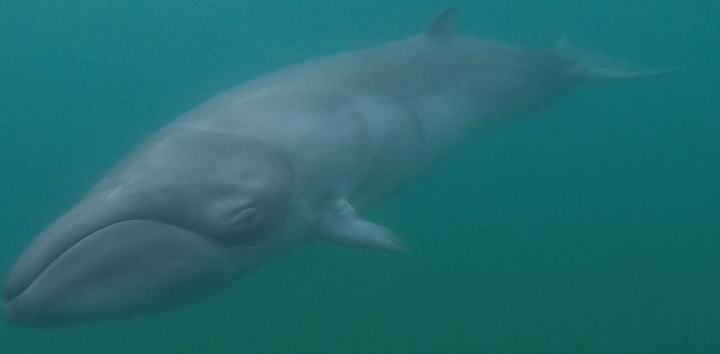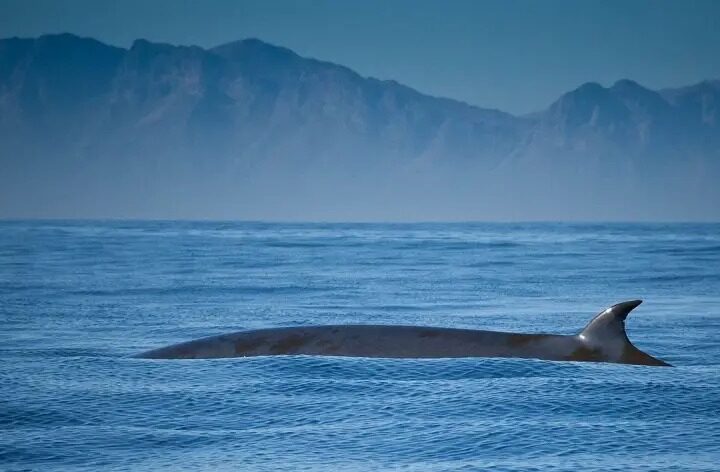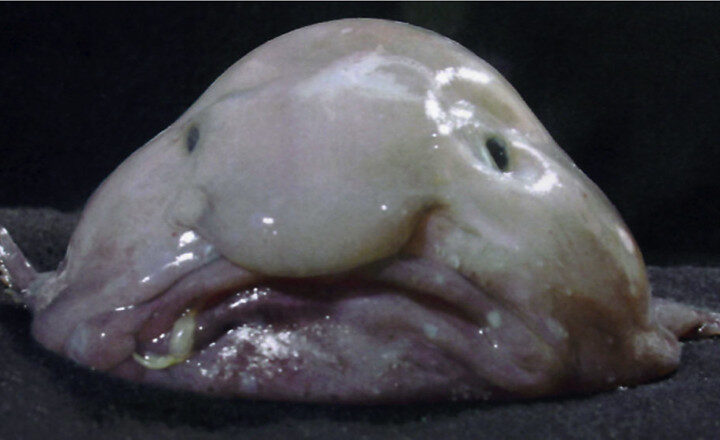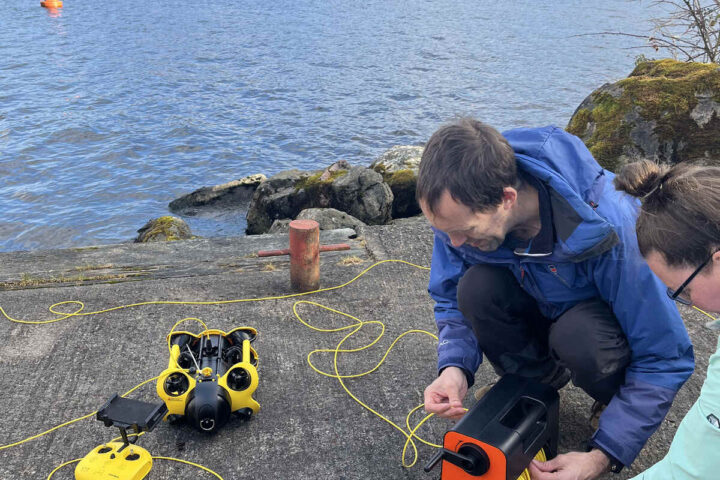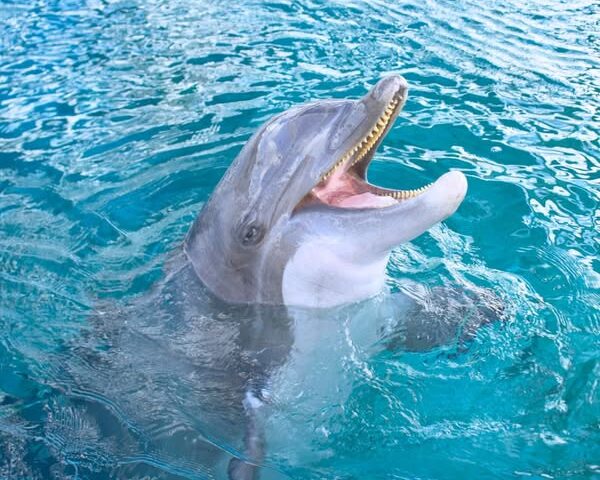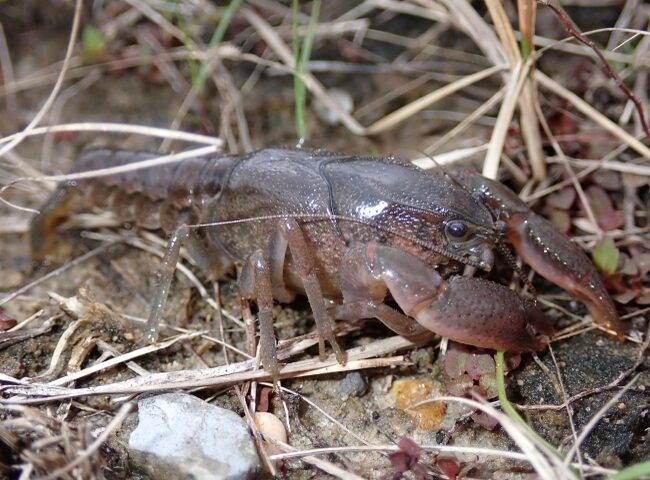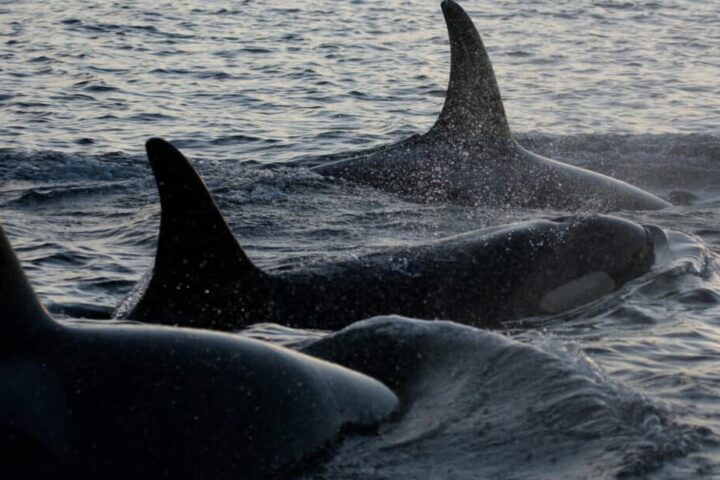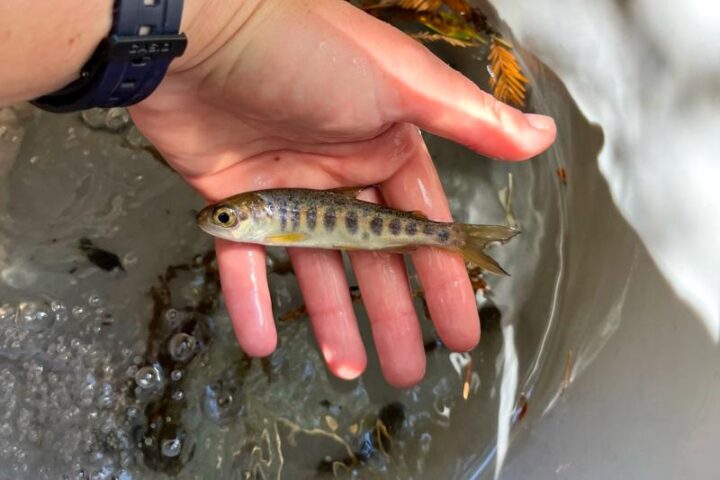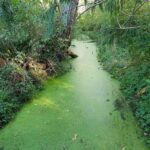A breathtaking scene unfolded off Monterey Bay last week when more than 2,000 dolphins came together in what experts call a “superpod.” Evan Brodsky, a boat captain with Monterey Bay Whale Watch, captured the rare event on video.
“The water looked like it was boiling hot water. It was just foam and bubbles everywhere,” Brodsky said. “We were just lost for words.”
Uncommon Dolphins Take Center Stage
What made this gathering special was the presence of Northern right whale dolphins. These dolphins, normally found in deeper waters, lack dorsal fins—unlike most dolphin species.
“When they jump, they look like flying eyebrows,” Brodsky explained.
Northern right whale dolphins made up the majority of the superpod, with an estimated 2,000 present. Several hundred Pacific white-sided dolphins joined them, along with many light gray baby calves. Brodsky’s team spotted this massive gathering about 11 miles from harbor while doing research.
Why Dolphins Form Huge Groups
Marine biologist Colleen Talty from Monterey Bay Whale Watch offered several reasons why dolphins might gather in such large numbers.
“The dolphins could be clustering to fend off predators, feed on the same food, or socialize,” Talty said.
Brodsky believes this particular gathering was mostly social. He described seeing dolphins leaping into the air, poking their heads above water, and slapping their tails.
“It was a big, fun social event,” he said.
According to experts, dolphins in pods play together, babysit young calves, warn each other about dangers, practice courtship, and hunt as a team. A superpod isn’t just thousands of individual dolphins—it’s many smaller family groups coming together temporarily.
Similar Posts:
Different Species, Different Habits
Northern right whale dolphins typically travel in groups of 100 to 200, according to the National Oceanic and Atmospheric Administration. These dolphins, reaching about 10 feet in length and weighing over 200 pounds, can jump more than 20 feet above water.
They’re known to be highly social and often mix with other dolphin species. In fact, Brodsky had filmed a large group of Risso’s dolphins in the same area just a month earlier.
Pacific white-sided dolphins usually stay in smaller groups of 10 to 100. Interestingly, it was a small group of these dolphins that led Brodsky’s boat to the larger gathering.
Perfect Location for Marine Life
Monterey Bay sits about 120 miles south of San Francisco and has become famous for marine wildlife watching. The bay is part of a protected marine sanctuary stretching along California’s coast.
“People come from around the world to try to see a Northern right whale dolphin in the bay’s deep underwater canyons,” Talty noted. “We don’t always see baby dolphins, so that’s pretty nice.”
Winter brings more dolphins to the area, making it the best time for sightings.
Respectful Observation
Brodsky and his team kept a distance of about 100 meters to avoid disturbing the dolphins. But the curious animals had other ideas.
“They swam right up to the boat,” Brodsky said. “We were looking down and they were right next to us. It was incredible.”
Though this was Brodsky’s second superpod sighting since joining Monterey Bay Whale Watch in 2022, the experience felt entirely new.
“Every time I see something like this it’s like the first time,” he said. “It never gets old.”
The video shared on social media quickly went viral, allowing people worldwide to witness this remarkable natural event.
